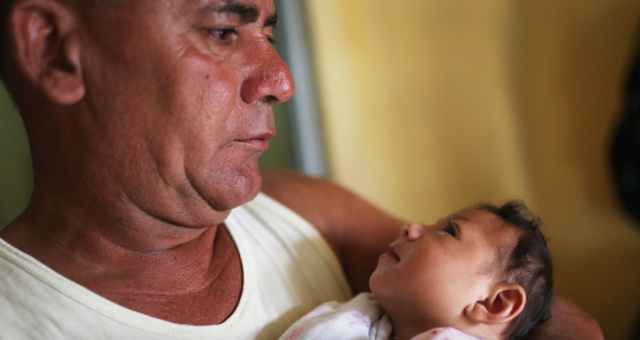Zika: Here’s what we know about the virus alarming health experts worldwide
Ars Technica 2016-01-29

Alice Vitoria Gomes Bezerra, a three-month-old who has microcephaly, is held by her father Joao Batista Bezerra on January 27, 2016 in Recife, Brazil. (Mario Tama for Getty Images) (credit: Mario Tama for Getty Images)
Over the past several months, talk of a little-known virus went from nervous murmurs in the infectious disease community to piercing front-page headlines all over the world. The virus, Zika, quietly slips into its victims during otherwise mundane mosquito bites. Today it's sickening millions as it charges into new territory in the Western Hemisphere.
In its wake, researchers have reported puzzling upticks of a condition that causes full-body paralysis and, in Brazil, a dismaying 20-fold spike in babies born with shrunken heads. Health agencies are now advising travelers to scrap visits to more than 20 beleaguered countries and territories. In the hardest-hit regions, experts are telling women to avoid having children. And the infectious disease community is clamoring for an international effort to stifle the virus, which is “spreading explosively,” according to a Thursday statement by the director of the World Health Organization.
Not even 10 years ago, Zika was a humdrum germ. Researchers originally plucked it from a Ugandan forest in the late 1940s and quickly shelved it. It appeared to rarely cause disease in people, and, when it did, it produced mild symptoms like an unremarkable fever, aches, and a rash. Back then, it was a prosaic malady that blended into Africa’s viral landscape, one already crowded with dengue, chikungunya, and yellow fever.